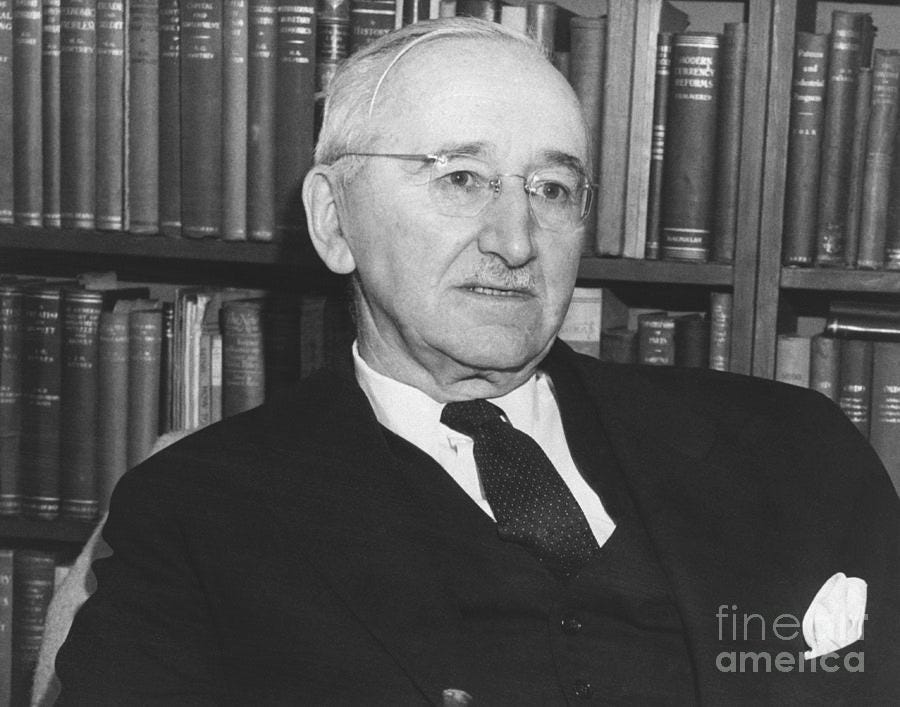It’s time to move beyond the simplistic left-right political spectrum. I've always found it troubling because it never fully captured political complexities. Particularly mine.
The framework itself isn't rooted in deep philosophical principles but rather in the seating arrangements of the French Revolution.
Originally, in revolutionary France, the clergy and nobility sat to the king’s right, while commoners sat to his left. As political divisions hardened, seating choices became ideological markers. Monarchists and traditionalists moved right, while revolutionaries seeking radical change shifted left.
Over time, this evolved into a broader conservative-progressive divide, often cantered on economic debates like capitalism versus socialism. However, this binary oversimplifies the complexities within conservatism itself.
As George Will of The Washington Post points out, has two major strands:
European "Blood and Soil" Conservatism – This emphasises national identity, cultural heritage, and state-enforced social cohesion. It often advocates protectionism, nationalism, and government intervention to preserve traditional values; and
American Libertarian Conservatism – This prioritises individual liberty, limited government, and free markets, aiming to reduce state power in both economic and social spheres.
The key difference? European conservatism relies on state authority, while American conservatism resists it.
When both progressive leftists and "blood and soil" conservatives favour state power, distinguishing between them becomes difficult, especially at the extremes, where socialism and national socialism (Nazism) bear striking similarities.
This confusion is particularly evident in Australia, where "conservative" can mean both small-government libertarianism and interventionist governance. The Coalition, often labelled "right-wing," frequently embraces big-government policies. In reality, its approach aligns more with European conservatism than with American.
Australia’s political problem isn’t just that the major parties disagree. It’s that they agree on far too much. Labor and the Coalition largely share the same policy principles; they just argue over speed and scale. Both leverage state power as the primary tool for governance.
While there are members of both parties who may prefer market-driven solutions, they remain a significant minority.
Increased Government Intervention – The Albanese government has expanded welfare programs, imposed price caps on energy, and increased industrial regulation. Meanwhile, the Coalition wants to regulate supermarkets, intervene in insurance markets, and build state-owned energy infrastructure. Both support the costly and inefficient NBN.
High Taxation and Spending – Labor champions government spending on healthcare, education, and social services. The Coalition champions government spending on healthcare, education, and social services. The Coalition’s supposed 23.9% tax-to-GDP target is irrelevant when government spending consistently exceeds 25%, 26%, and even 27% of GDP.
Regulatory Overreach – Both parties push restrictive policies. Labor enforces industrial relations laws and environmental regulations; the Howard government centralized industrial relations, passed intrusive financial laws (FSR Act 2001), and implemented the Renewable Energy Target while banning nuclear energy.
Bipartisan Central Planning – The transition to net zero is a case study in state-driven economic planning. Heavy subsidies for renewables and restrictions on coal and gas are government-orchestrated market interventions, embraced by both sides.
Every election, both government and opposition criticise each other for lacking a "plan" and offer their own plan. But what they really mean is a central plan.
Frederick Hayek warned that central planning inevitably erodes individual freedom. As governments control more economic decisions, they restrict personal choices, leading to authoritarianism.
Democracy itself is no safeguard against tyranny, just ask Venezuela. A majority vote can still lead to authoritarian rule if voters demand policies that expand state control.
The idea that "the right people" can make central planning work is a dangerous illusion, perpetuated by Australia’s bureaucratic-industrial complex. Communism, fascism, and their derivatives were all built on the belief that technocratic elites should dictate decisions for the masses.
Hayek argued that bureaucrats lack the knowledge to manage complex economies. State control breeds inefficiency, shortages, and stifles innovation.
Will Australia Learn? Probably Not. Given Australia’s education system, which fosters self-loathing rather than historical understanding, these lessons are unlikely to be learned.
For real change to happen, something fundamental must shift. But looking at the current political landscape, that change seems nowhere in sight.





Sparty, concur. But respectfully add the huge blip for both parties. Australia has a federal constitution, but our major parties both govern in manner grinding against federation.
Delivery of services by States (rather than Canberra, and states transparently imposing taxes to fund those services) is the most basic decentralisation of government, Australia can (and should) enjoy.
The main benefit, is just as much, so voters can see which of their own (or other states) are making a mess of things, as what they are doing well.
'Competitive federalism' is a misnomer which voters rarely appreciate. I prefer 'educative federalism' which I think the average voters can appreciate. Ie no state politician is a genius, but can learn from what is or is not working, relative to other states.
Apologies for length of comment.
Cheers